|
|
Bringing “dream windows” to life helps manufacturer promote custom capabilities When Marvin Windows and Doors reached out to a select group of designers, architects, sculptors, and artists to participate in the myMarvin Project — a campaign to showcase the potential of custom window designs — the manufacturer posed a seemingly simple question: “If you could design your dream window, what would it be?” The overwhelming response to this call for designs resulted in a collection of unique custom windows from a diverse group, including graphic designer Milton Glaser, architect and author Sarah Susanka, designer Karim Rashid, photographer Mark Laita, and TV host and garden design expert P. Allen Smith. “They each bring their own personal interpretation to the myMarvin Project,” says Marvin’s director of marketing Brett Boyum, “which is exactly what we were hoping for.” Two of the concepts have already been hand-built by craftsmen at Marvin’s manufacturing facility in Warroad, Minnesota: a window featuring overlapping rectangular frames inspired by a collage of sky images by Mark Laita, and P. Allen Smith’s Gothic-inspired arched window. There are also plans to manufacture the three other designs: Karim Rashid’s organic, undulating shape; Milton Glaser’s ode to the seasons; and Sarah Susanka’s geometric design featuring a simulated divided-lite pattern. According to Boyum, projects that fit well with custom windows include historic replications that require unique castings, functionality, or features; projects designed to reflect the personality of the owner; or uses that require specific window and door energy performance. Hardware colors and styles, wood species, clad colors, grille patterns, and glass options are all selected by the customer. While Marvin doesn’t put restrictions on the initial concepts, there are some general limitations to actual production. “Performance, structural integrity, and installation are the keys,” says Boyum. “If we question the performance or integrity of a design idea, we will work with our customers to find creative solutions to achieve the vision or intent. In the end, we will stand behind any product we create.” Boyum says that there are preliminary plans to display the designs at various venues around the country, including exclusive museum exhibitions and charity auctions. Marvin doesn’t plan to stop with these five designs, however. “There are also opportunities we’re exploring as the campaign grows and evolves — possibly including design/architecture schools, industry professionals, or even simply customers with great style and ideas. The sky’s the limit.” Marvin Windows and Doors, St. Paul, Minnesota. www.myMarvin.com [Reader Service: May 2009 #205] |
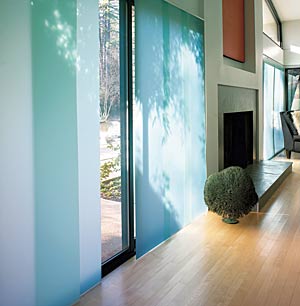 |
Tempering light [Reader Service: May 2009 #206] |
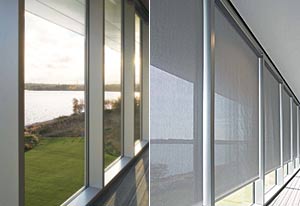 |
Curtain call [Reader Service: May 2009 #207] |

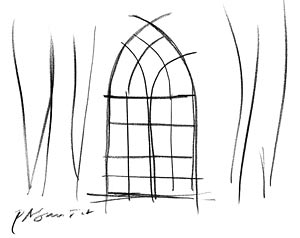

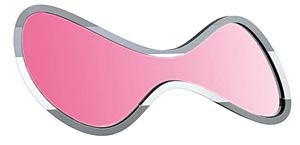
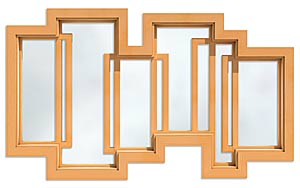


Post a comment to this article
Report Abusive Comment